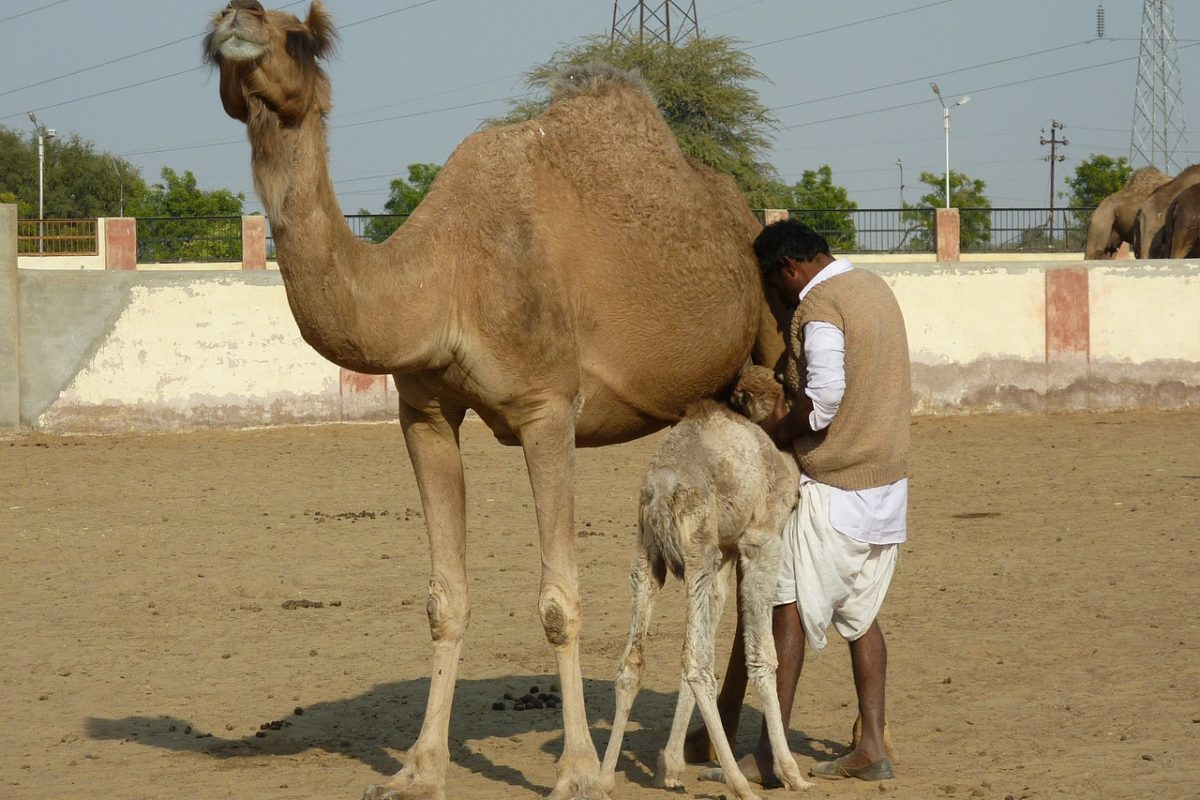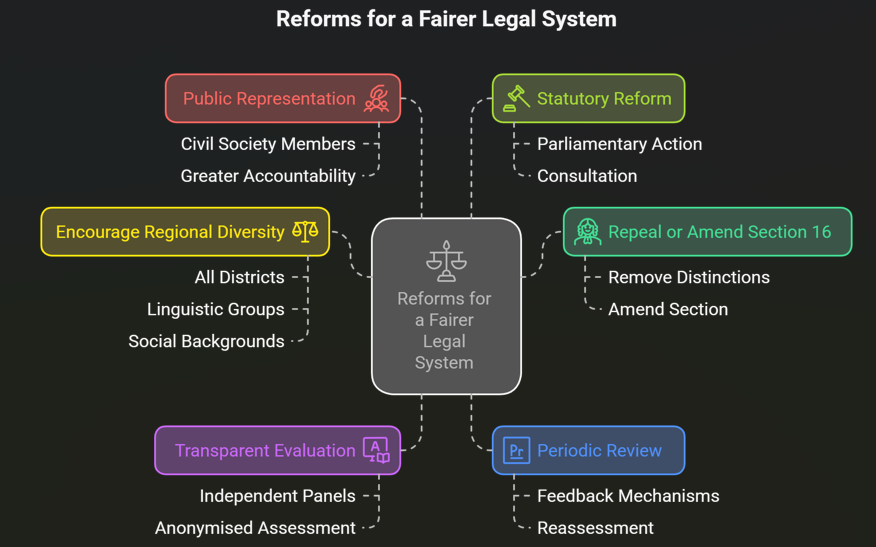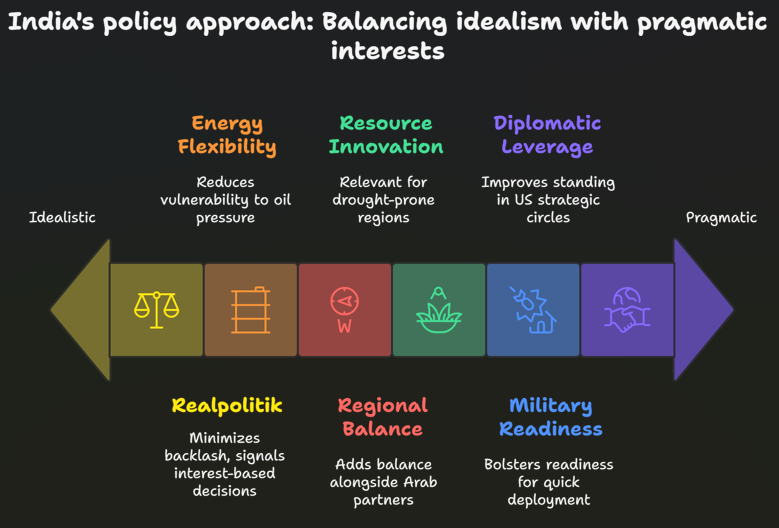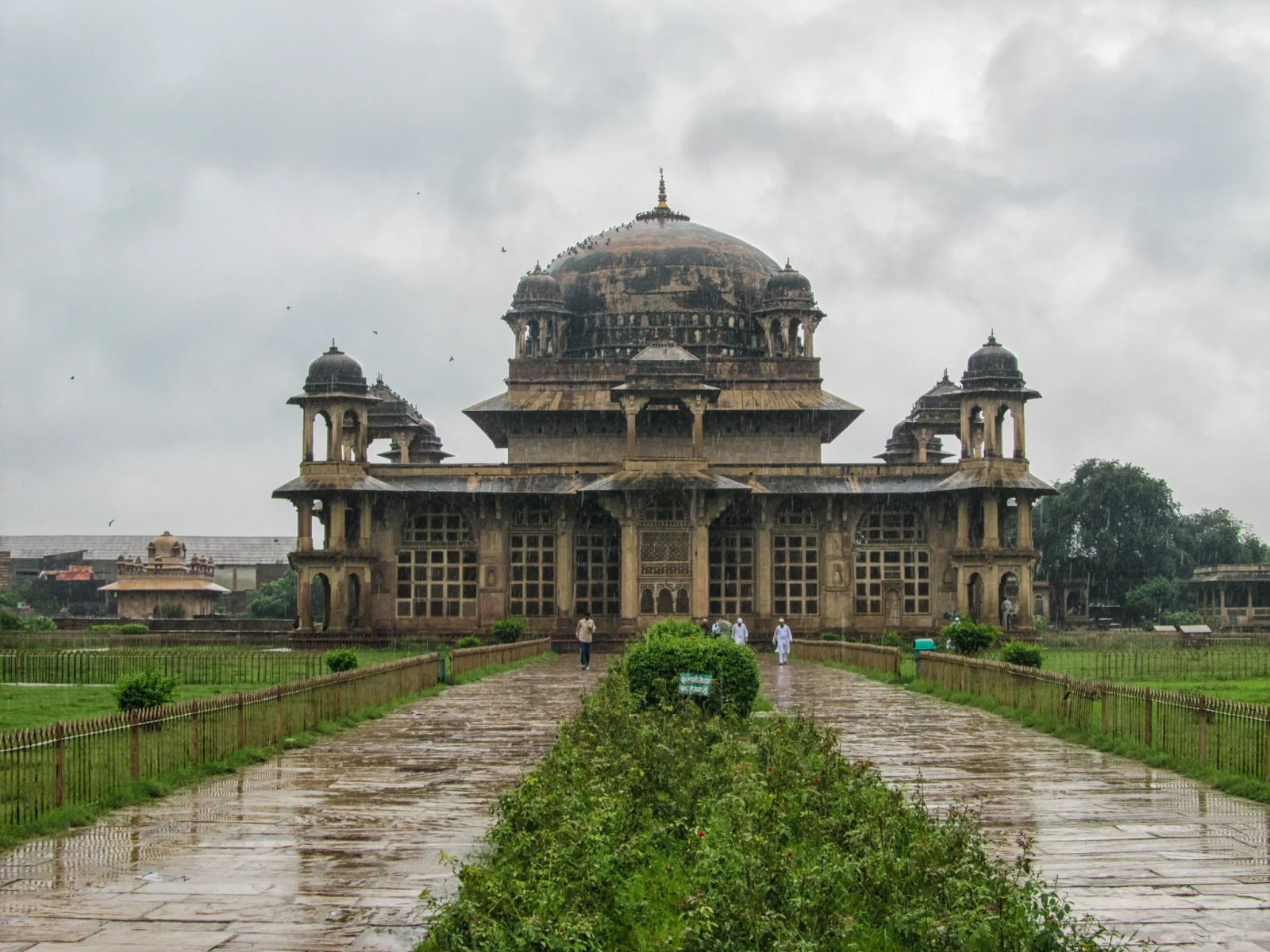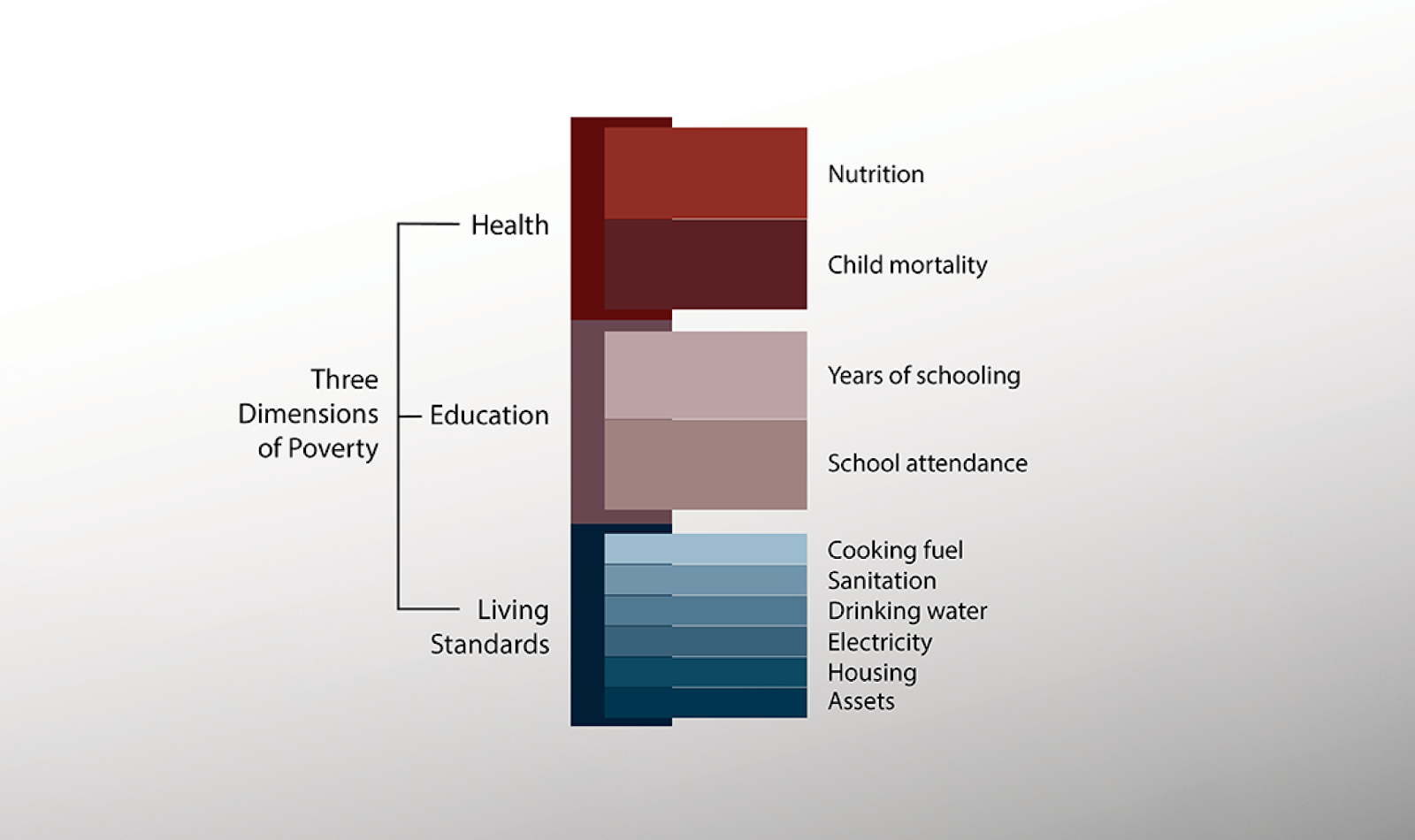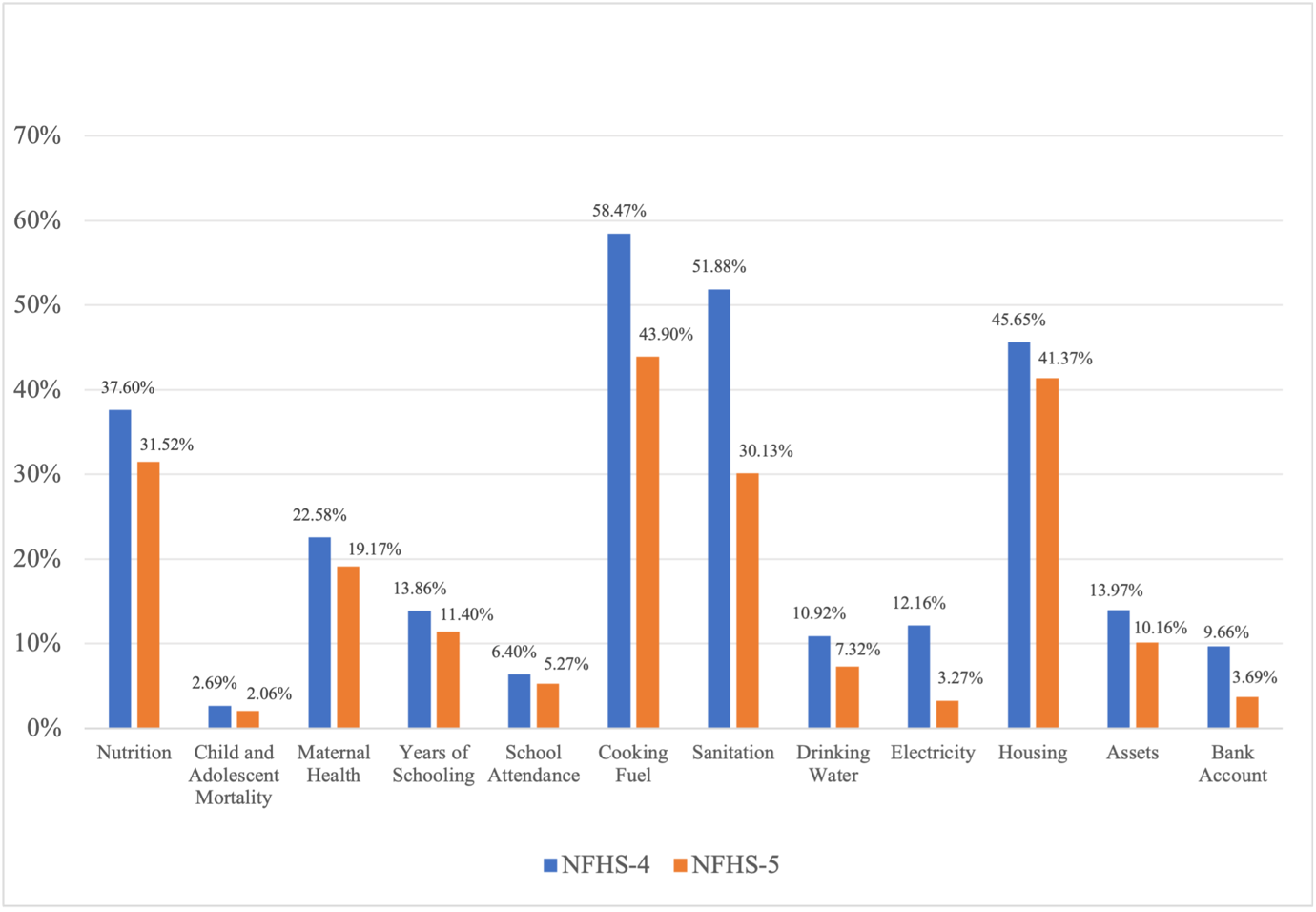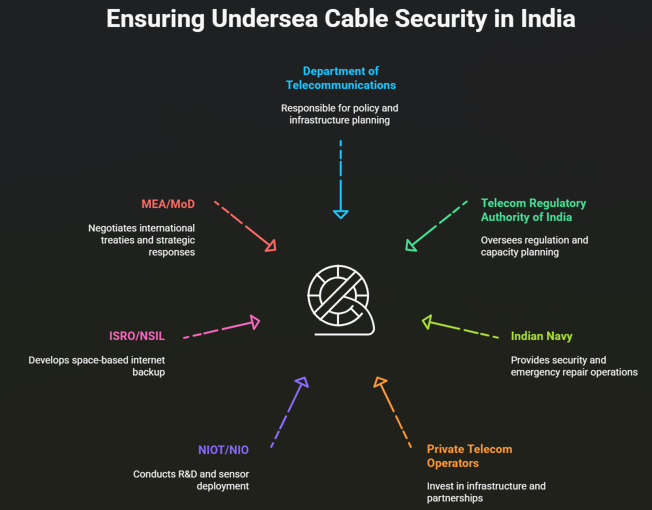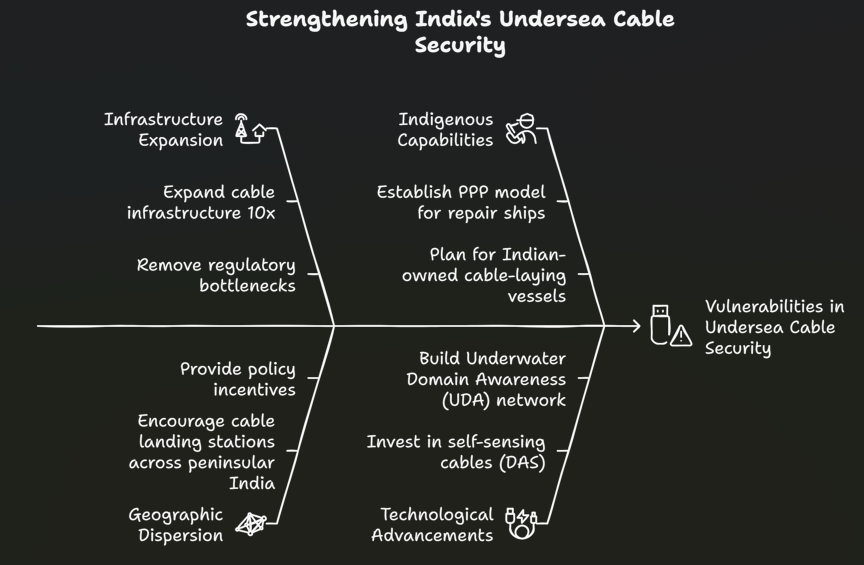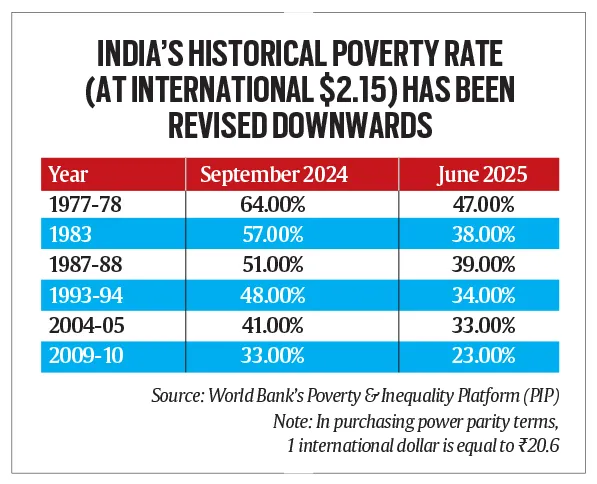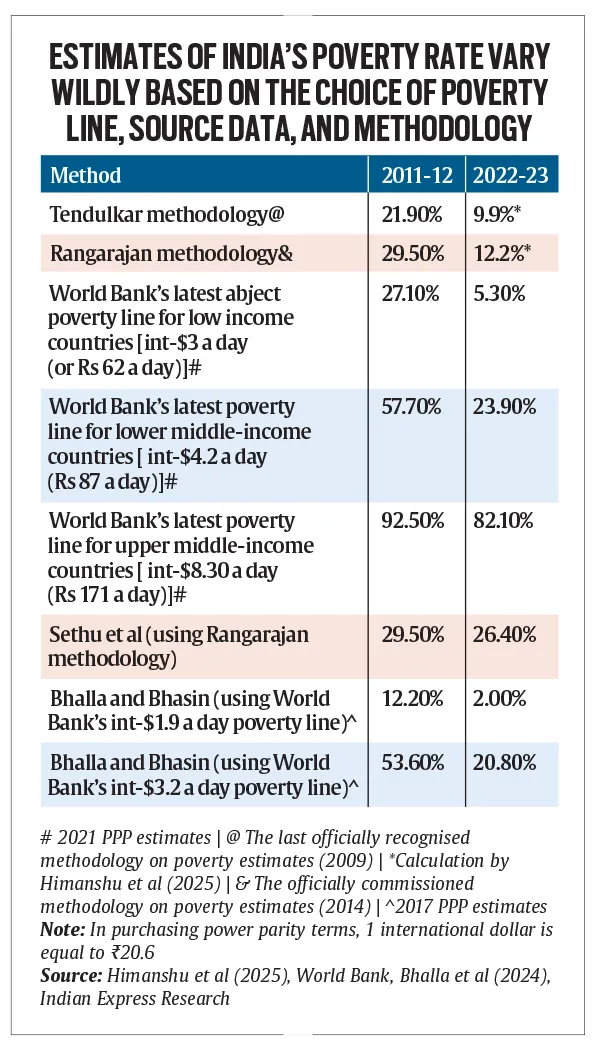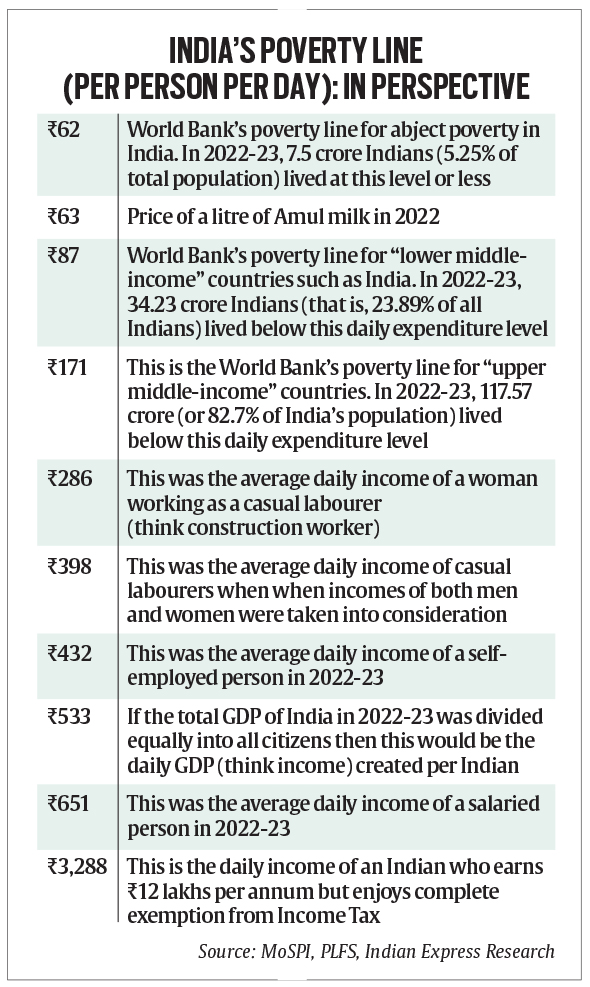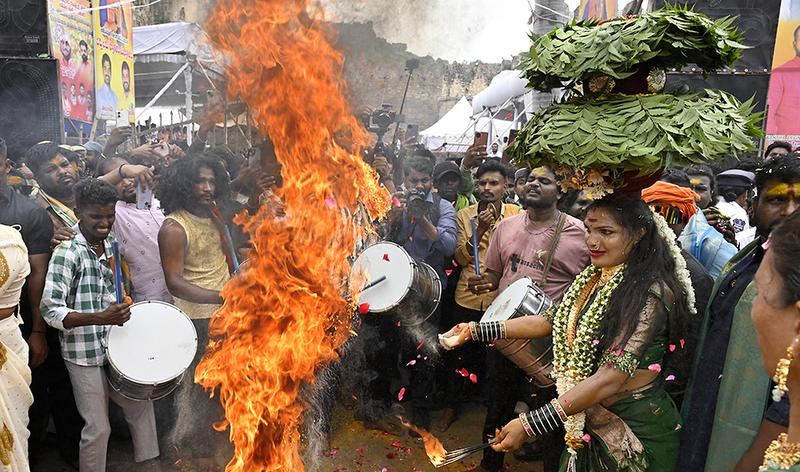Context: The Indo-Pacific region’s rapidly evolving security dynamics have made multilateral defence cooperation critical.
More on News
- In 2021, AUKUS—a trilateral security alliance between Australia, the United Kingdom, and the United States—was launched with a strategic focus on countering China’s rising assertiveness.
- However, in 2025, the future of AUKUS appears uncertain as the White House under President Donald Trump initiates a review to assess its compatibility with the administration’s ‘America First’ foreign policy agenda.
What Is AUKUS and Why Was It Formed?
- AUKUS was established to:
-
- Enable Australia to acquire conventionally armed, nuclear-powered submarines (SSNs).
-
- Promote joint development and sharing of cutting-edge military technologies, including cyber, AI, quantum, and undersea warfare.
- At its core, AUKUS is a strategic response to China’s growing influence and military footprint in the Indo-Pacific.
- It aims to reinforce regional deterrence, ensure a rules-based order, and prevent escalation through collective maritime preparedness.
[stextbox id=’info’]
AUKUS and India
AUKUS significantly impacts India’s strategic environment by enhancing deterrence against China’s assertiveness in the Indo-Pacific. While India is not a member, it stands to benefit from strengthened Australian naval capabilities, which help divert Chinese naval focus away from the Indian Ocean, and from potential technology cooperation in areas like cybersecurity and advanced defense systems. The alliance complements India’s Quad partnership by focusing on military capabilities, offering India opportunities to deepen scientific and strategic ties with AUKUS members, especially Australia and the UK. However, India must balance these engagements carefully to maintain strategic autonomy and manage complex regional dynamics, including relations with other powers like Russia and France.
[/stextbox]
What is the Strategic Need for AUKUS?
- China has pursued aggressive tactics in the South China Sea (SCS) by militarising artificial islands and ignoring the 2016 PCA ruling in the Philippines v. China case.
- With more than twenty outposts in the Paracel Islands and seven artificial islands in the Spratlys, China’s grey-zone operations have alarmed regional powers.
- Recent PLA Navy exercises in the Taiwan Strait, including unscheduled live-fire drills and median line incursions by over 20 military aircraft, underscore the rising tensions.
- China’s rising nuclear stockpile—growing from 200 warheads in 2018 to over 600 in 2024, and projected to reach 1,500 by 2035—further heightens the security stakes in the Indo-Pacific.
- In response, AUKUS plays a critical role in reinforcing nuclear deterrence, leveraging the forward-deployment of up to five allied SSNs in Australia by the mid-2030s to enhance war-preparedness and peace through strength.
Trump’s Review of AUKUS: A Strategic Reset?
President Trump’s return to office has triggered a strategic reassessment of US foreign alliances, including AUKUS. His administration’s review is aimed at:
- Ensuring AUKUS aligns with the ‘America First’ policy, which prioritises US defence capabilities.
- Addressing concerns that US submarine production is stretched thin even for domestic needs.
- Re-evaluating the cost-benefit balance of providing nuclear submarine technology to allies.
- Trump’s foreign policy is transactional and unilateral, reducing emphasis on long-term multilateral alliances unless they serve immediate American interests.
- This poses challenges to the future of defence pacts like AUKUS.
What about Resilience and Strategic Calculations?
- Despite the uncertainties, Australia remains committed to AUKUS, having pledged A$368 billion over 30 years and recently accelerating A$10 billion in defence spending over the next four years.
- Canberra views the review as a routine administrative measure following a change in US leadership.
- The UK, another key AUKUS partner, has also reviewed and reaffirmed its commitment to the alliance, planning to raise its defence spending to 2.5% of GDP by 2027 and 3% by 2034.
- The US, in turn, has urged both partners to increase burden-sharing, expecting Australia to spend up to 3.5% of its GDP on defence. This push for a more balanced and equitable security alliance reflects Washington’s broader Indo-Pacific strategy.
Why AUKUS Still Matters for Indo-Pacific Security
- The strategic importance of Australia’s maritime geography underpins the AUKUS pact.
- As tensions with China intensify, AUKUS allows the US and UK to project power, share defence technologies, and strengthen collective deterrence without direct military escalation.
- Key developments reinforcing AUKUS’ strategic relevance include:
- The 2014 Force Posture Agreement between Australia and the US.
- The 2021 AUSMIN Dialogue, which laid the groundwork for deeper US-Australia military coordination.
- Plans to double forward-deployed allied submarines in the Indo-Pacific.
- As China advances militarily and diplomatically in the region, AUKUS remains a cornerstone of maritime defence strategy and a deterrent force safeguarding a rules-based Indo-Pacific order.

